Eat your freshest ever with regional veg & fruits in season
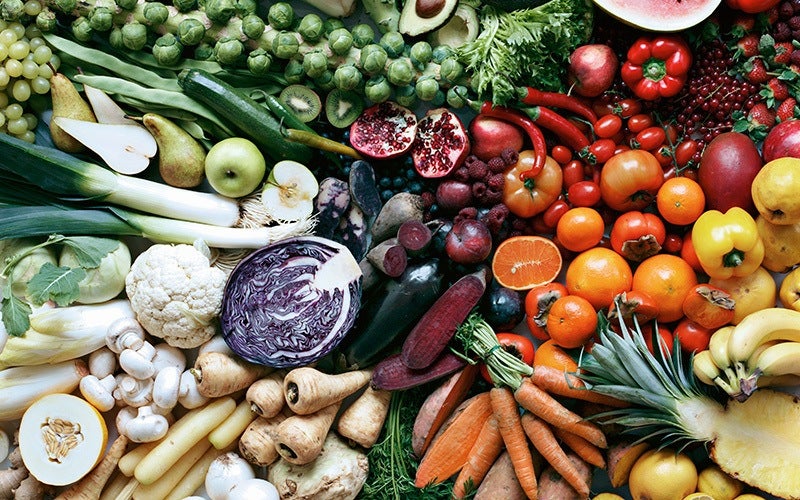 ©Kam & Co
©Kam & Co
Spring is colorful, bursting with pink rhubarb and white and green asparagus spears. The warm summer months bring countless sweet berries to pick from the bushes. Golden autumn brings the new apple harvest. And in the winter months, we enjoy plentiful crunchy root and cabbage vegetables. If you adapt your diet to nature, you eat seasonally, which is not only more sustainable, but also healthier. Here, we’ll tell you the benefits of regional and seasonal shopping and cooking, and how to spot fruits and vegetables that are in season. Plus, we’ve included 10 of our favorite seasonal recipes.
What does seasonal cooking mean?
The fresh produce section of a supermarket offers a diverse range of colorful foods all year round. Tomatoes, cherries, apricots, plums, pears — we could go on forever! Some of our favorite fruit are always regional and seasonal, but also artificially grown and imported fruits and vegetables, salad greens, and herbs.
Shopping and cooking regionally and seasonally means that you buy and use exactly the fresh foods that grow naturally in your region at the current time of year and are harvested and sold when ripe.
As an example, let’s take a look at fresh strawberries. Strawberry season is typically May through September. It’s easy to find local, fresh strawberries during the summer. But what about the little fruits that are available long before May and even into the fall? In all likelihood, these bright red berries, packaged in plastic, come from somewhere warm in southern Europe. Because of this, these berries would not be considered seasonal.
And what about bananas, mangoes, and papayas? Strictly speaking, you’d have to eliminate tropical fruits from your diet if you want to call yourself a seasonal cook. Unfortunately, as these exotic fruits do not grow regionally, they have to be transported a long way to find their way to our local supermarket.
Cooking with seasonal fruits in season: the advantages
There are several reasons to buy fresh food from the region.
- Sustainability: Fruits and vegetables that are grown and harvested within the UK don’t require long transport routes to become available. In contrast to choosing imported goods, which are transported long distances by plane or truck, prioritizing shopping for regional foods makes a positive contribution to the environment.
- Economy in your region: When you support local farmers, you are more engaged with small businesses in your region. In this way, you’re securing jobs in your immediate vicinity.
- Saving money: Have you ever noticed that a cucumber costs about 50p in the summer months, but can be substantially more expensive in the winter? This is due to seasonality, because fruits and vegetables are generally cheaper when they’re in season. The reason: during the main harvest season, there is much more available, and consequently the price drops. Out of season, the average price increases because less produce is available. And, of course, out-of-season foods also become more expensive due to storage or transportation costs.
- Taste: Seasonal products directly from the field or tree – unlike imported goods – are harvested only when ripe. Fruits develop their excellent taste as they ripen.
- Health: In addition to their intense flavor, ripe fruits and vegetables also contain more nutrients. A meal plan rich in fresh seasonal fruits and vegetables provides you with more vitamins and minerals on average.
We all know that a daily supply of vitamins contributes to a better well-being. That’s why we’ve developed capsules that provide you with all the vitamins you need every day. Let our Daily Vitamins do the talking!

Tips for finding regional and seasonal produce
Now the question that arises every month: Which fruits and vegetables are in season? The following tips will help you to recognize seasonal products.
- Talk to vendors about your plans to cook seasonally. They can often give you reliable information about what’s currently an option.
- Pay attention to the prices of the items you see in the market. If the price is conspicuously high, double check whether it’s an out-of-season product.
- Before making your shopping list, pick out specific seasonal recipes that you want to prepare. This will not only make it easier for you to plan your weekly shopping but will guarantee you a successful seasonal cooking experience.
- Remember that the months in which fruits and vegetables are sown and harvested can shift, and the transition from one season to the next can be smooth. Keep an eye out and ask when in doubt.
- Look for a reliable seasonal calendar and hang it in your kitchen. You can download our seasonal calendar just below.
Our seasonal calendar for fruits in season
From January to December, our seasonal calendar tells you at a glance when your favorite fruit and vegetables are in season. Take a closer look and you’ll see that each season offers a colorful variety of fresh foods that you can use to create the most delicious recipes. You can easily download the calendar, print it out, and hang it up.
By the way, herbs number among the foods that have seasons too.
Download our seasonal calendar
Seasonal cooking – our most delicious recipes
Are you still just embarking on your journey with cooking seasonally and are looking for delicious recipes? No problem. We’ve put together a colorful collection of seasonal and healthy recipe ideas for you.
Green protein smoothie with spinach
Fresh spinach leaves come from domestic production from March to June. We love using the dark green leaves to blend up an ultra-healthy protein shake with plant-based milk.
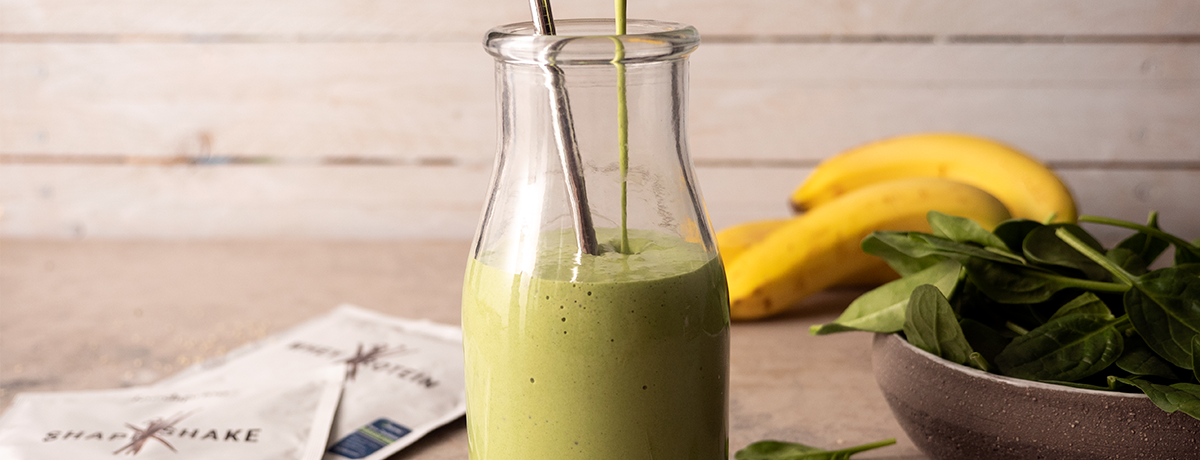
Rhubarb crumble
In spring, you’ll easily spot bright pink rhubarb in the produce section. What can you make from it? A wonderfully fragrant rhubarb crumble!

Strawberry crepe cake
With the first rays of sunshine in spring, nature brings us bright and sweet strawberries. And what tastes better than a light strawberry cake? Exactly, nothing! With this recipe, you’ll bake a low-calorie and scrumptious strawberry crepe cake. With so many layers of crepes to slice through, you can enjoy this cake all season long.

Asparagus salad with strawberry and feta
This recipe brings the best of early summer into a salad bowl: fresh asparagus and sweet strawberries for an asparagus and strawberry salad with tangy feta.
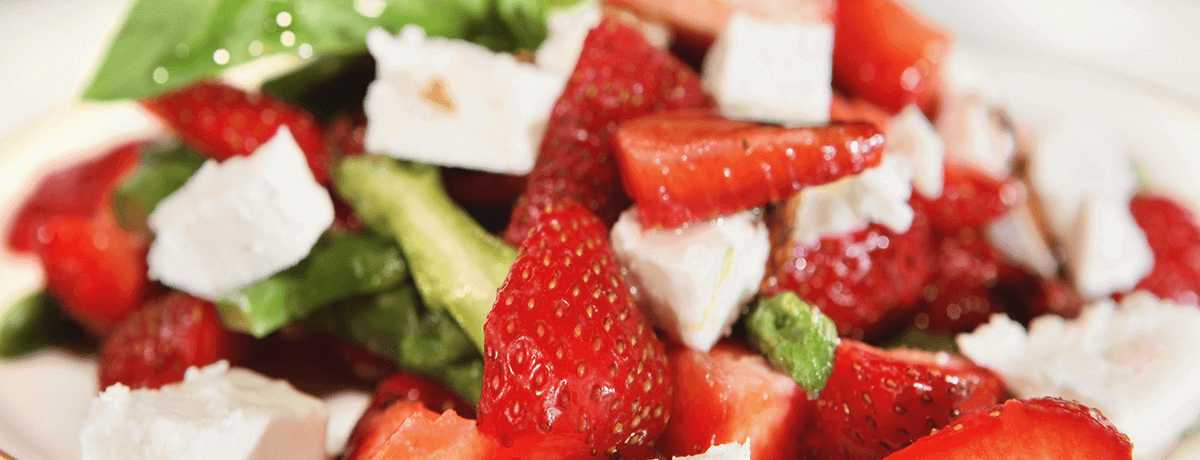
Protein pasta with salmon and asparagus
For this seasonal spring recipe, in addition to our Protein Pasta and fresh salmon fillet, you need one thing: green asparagus. This way to the recipe: Pasta with salmon and asparagus.

Zucchini pancakes
Yes, zucchini can be found any time of year, but the green veggies are only grown locally in the summer. From June you can enjoy seasonal zucchini pancakes with this vegan recipe.
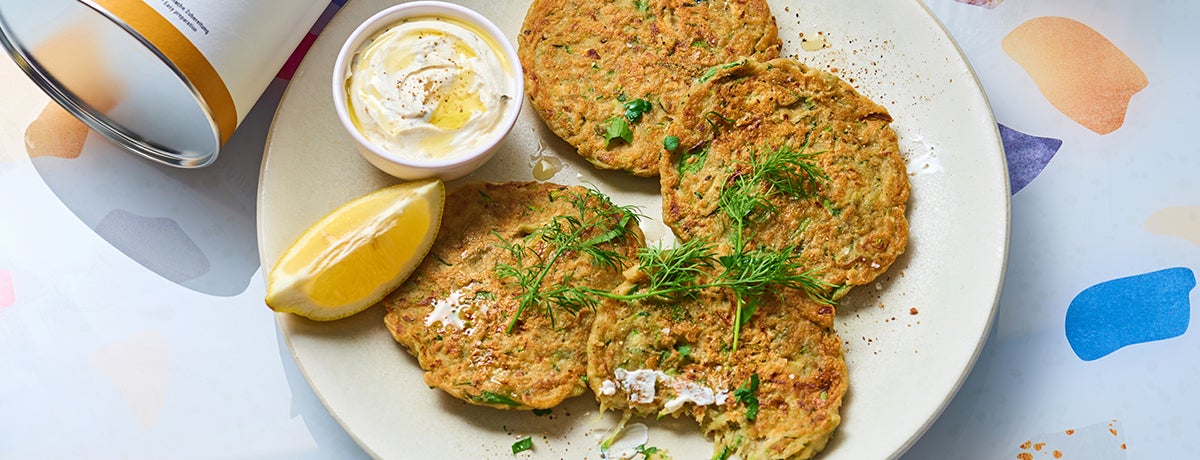
Fried potatoes with quark and herring
True or false: potatoes are harvested throughout the year. False. In the UK, potatoes can be found from July through December, which makes them versatile for both summer and sweater weather later in the year. Here’s a refreshing take on fish and chips, which cuts down on the grease so you can taste the freshness of your potatoes.
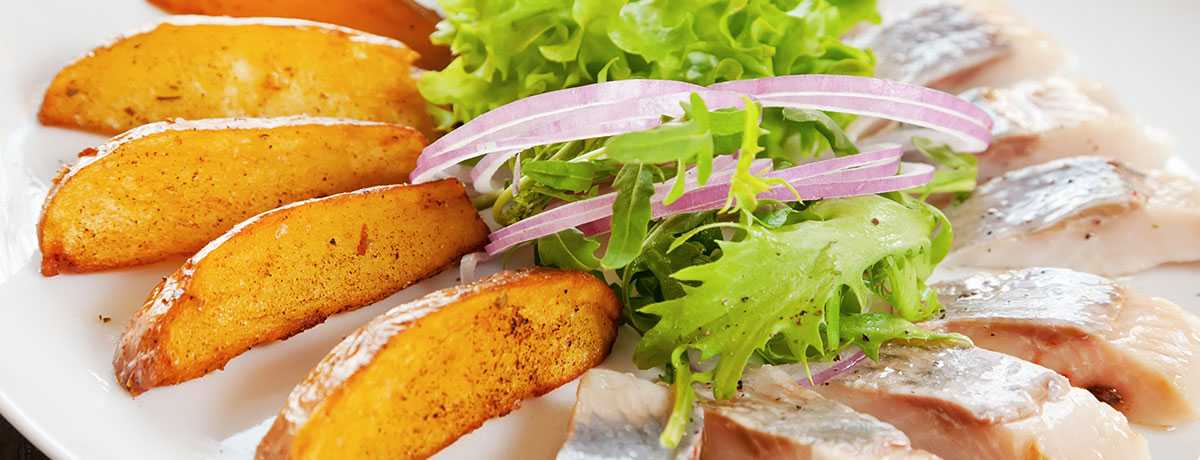
Vegan Protein Okonomiyaki
When cabbage is in season in the winter, try this super comforting Japanese street food. Okonomiyaki is a vegetable pancake drizzled with spiced mayonnaise. Our Vegan Protein Pancakes mix makes it a breeze to whip up right in your own backyard.

Salted Caramel Apple Roses
Apples are available for purchase all year round, but its peak harvesting season begins in late summer. Once you’ve gotten your hands on the first apples of the season, twirl them up into Salted Caramel Apple Roses with this recipe. Yum!

Kale salad with croutons
In winter, we can’t get enough of kale, which usually comes in big bags. This kale salad with mustard dressing and also seasonally appropriate pomegranate seeds gets an extra crunch from homemade croutons from our Protein Bread.
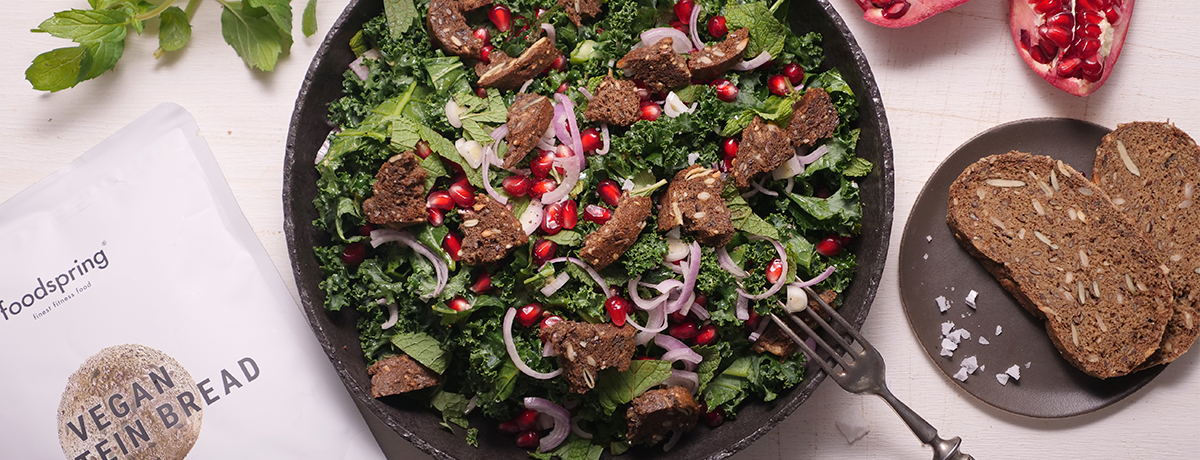
Regional and seasonal shopping and cooking: Summary
January, February, March, April…the annual clock never stands still – and with every season, the range of fresh fruits and vegetables also changes. Since you can indeed get most fruits and vegetables year-round, regional and seasonal shopping and cooking definitely requires a little knowledge and the necessary discipline.
- Seasonal cooking has several advantages. These include a positive impact on the environment, the higher vitamin content of ripe fruit, and saving some money.
- Once you’re aware of your options, it becomes clear that nature provides a colorful array of fresh foods throughout the year.
- Download our seasonal calendar to find out which fruits and vegetables are in season.
Sources for this article
We at foodspring use only high-quality sources, including peer-reviewed studies, to support the facts within our articles. Read our editorial policy to learn more about how we fact-check and keep our content accurate, reliable, and trustworthy.

































